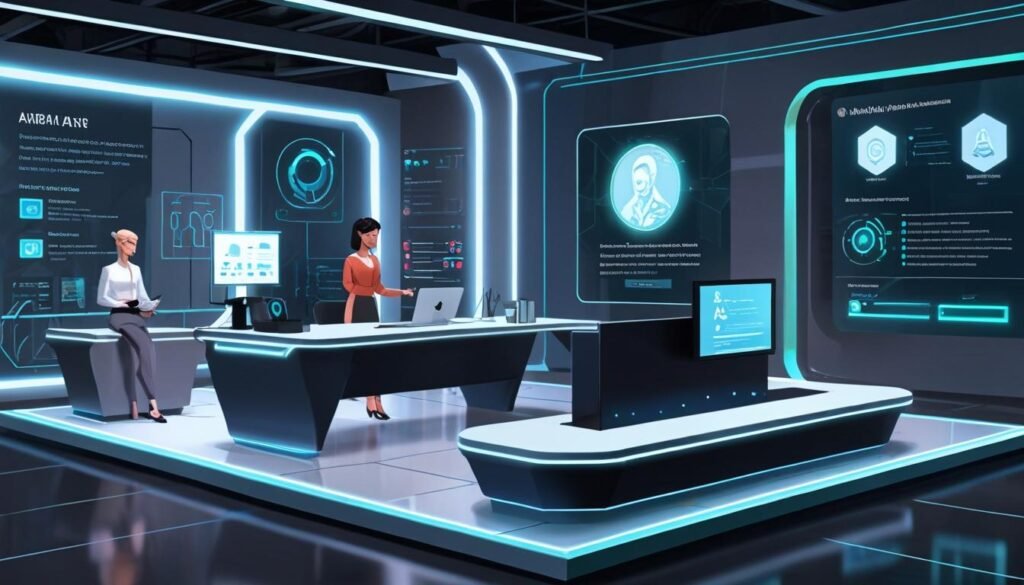The successful implementation of AI at IBM demonstrates how technology can enhance human interaction in HR, challenging common misconceptions and leading to increased engagement.
In recent discussions amongst HR professionals, AI has become a central theme, significantly evident at the HR Tech conference held last month. The event showcased AI’s growing presence in the HR sector, sparking discussions on effectively integrating this technology into human resources without compromising the essential human element.
Nickle LaMoreaux, Chief Human Resources Officer (CHRO) at IBM and the newly recognized 2024 HR Executive of the Year, highlighted this challenge as a central focus of her leadership. Since assuming her role in 2020, LaMoreaux has prioritized AI integration within HR operations at IBM, which has been viewed as exemplary by her peers, such as Peter Fasolo, CHRO of Johnson & Johnson. Fasolo praised LaMoreaux’s approach as a benchmark for an industry increasingly shaped by AI.
Under LaMoreaux’s leadership, IBM has successfully debunked several myths surrounding AI in HR. One significant misconception is the high cost associated with AI integration. Contrary to this belief, IBM has demonstrated that adopting AI can be cost-effective if approached methodically. By opting for a gradual “building block” strategy rather than comprehensive transformations, IBM managed to implement AI features without exorbitant expenses. This approach allowed the HR department to self-fund AI integrations while achieving a 40% reduction in the department’s operating budget over four years.
Another misconception addressed by IBM is the perceived resistance of employees to AI. LaMoreaux tackled this by promoting transparency and encouraging HR staff to play an active role in integrating AI. This participatory approach led to notable enthusiasm from employees, with team members proposing AI use cases through a dedicated intake process overseen by a transformation team. This initiative shifted much of the AI innovation from LaMoreaux’s office to the employees, highlighting the importance of ground-level involvement.
The third myth is that AI might remove the human touch from HR processes. At IBM, the application of AI is enabling HR professionals to engage in more meaningful work by relieving them of routine tasks. The implementation of AskHR, a digital assistant, exemplifies this shift. It has transformed the HR operating model, allowing managers to rely on technology for routine queries. Before AskHR, HR professionals managed over 1.5 million queries annually, but this has decreased as employees have completed 765,000 transactions through the digital assistant, with only a small fraction requiring human intervention.
This transition to tech-assisted HR processes has paradoxically increased human interaction within the HR department by enabling professionals to focus on more complex and engaging tasks. As a result, HR engagement at IBM has reached unprecedented levels, according to LaMoreaux.
The successful integration of AI at IBM illustrates the potential for technology to enhance rather than diminish the human element in HR. As the industry continues to evolve, IBM’s experience may serve as a roadmap for other organisations navigating the intersection of technology and human resources.
Source: Noah Wire Services


